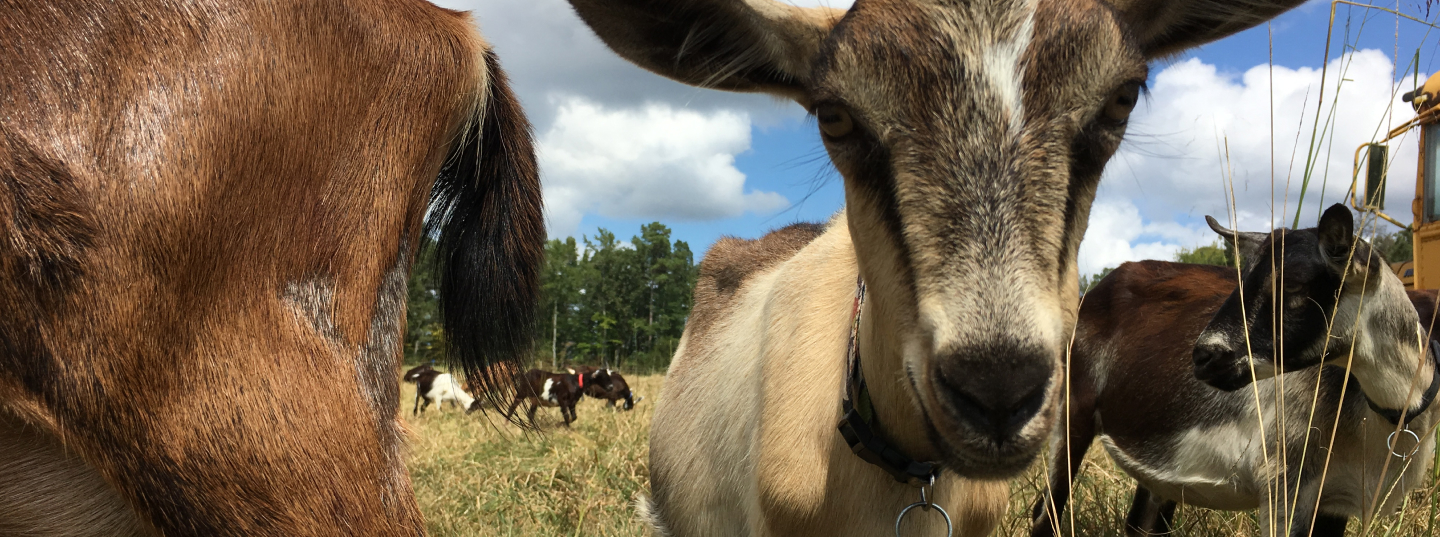by Frank Hyman

Asparagus can be productive for up to 15 years with the right care! Photo by cornucopiaseeds.com.au
I’ve enjoyed the ritual of planting a crop, tending it and then pulling it out at the end of the season. But more than once, I’ve wished that those tomatoes, beans and cukes could somehow come back each year all on their own. Be honest now. Haven’t you wished that at least once yourself?
Well, it’ll probably never happen with tomatoes, beans and cukes, but for many gardeners it can happen with sorrel, rhubarb and ‘chokes. I’m talking about perennial vegetables, some of which you may already be growing: asparagus, artichokes, sunchokes, rhubarb and sorrel just for starters.
What defines a perennial vegetable? For one, we’re not talking about perennials like brambles, fruit trees and grape vines, from which we harvest the fruiting part of the plant. With perennial vegetables, we harvest and eat the flower buds (artichoke), stalks (rhubarb), leaves (sorrel), shoots (asparagus) or roots (sunchokes).
And second, unlike annual vegetables, perennial vegetables come back from winter dormancy to grow, multiply and be harvested each year. Perennial vegetables have more advantages than just the time saved on re-planting beds:
1) They’re generally more drought hardy.
2) They reduce soil erosion.
3) Perennial vegetables can also be mixed in beds of perennial ornamentals in the garden.
4) And for those of us trying to make a living from our fields, many of these plants are high-dollar at the farmer’s markets and better restaurants.
I’ve grown a number of perennial vegetables–here are 5 that I’ve grown on sunny sites that you might want to try.
Asparagus
Asparagus tastes best if you caramelize the sugars with a few minutes on the grill or under the broiler. They can also be lightly steamed or sautéed or eat them raw. Eliminate the chewy bottom end by bending till it snaps off before cooking.
Artichoke
Harvest artichoke flower buds before they open and steam them for 45 minutes. Peel off the scales, dunk them in melted butter and scrape the fleshy inside off with your teeth. The inner scales are almost entirely edible and after you edit out the partially formed petals the heart is entirely edible and scrumptious.
Sunchokes
Harvest the roots in fall, winter or early spring and use them as you would carrots or potatoes. Ignore recipes that call for peeling them as it’s hard to do and unnecessary. Just roast them with other root vegetables that have been cut into 1″ chunks, coated in oil, salt and pepper, set at 375 degrees for about 45 minutes (and turned after about 20 minutes) or steam and mash them with potatoes. They are edible raw in salads but can make some people gassy. Forewarned is forearmed. The upside is that the inulin that sweetens them is a boon to diabetics.
Rhubarb
Rhubarb leaves and roots are poisonous, so it has few pests. Only the stalks and the flower bud are safe to eat. Traditionally the stalks go with strawberry pies to add some tartness. The stalks are also nice roasted with lamb and other meats.
Sorrel
Sorrel flavors a salad of other milder greens and cooks down to a lovely sauce for fish. I like a few leaves with my lettuce or spinach on meat sandwiches.
There are many other perennial vegetables that could be a good fit for your table, garden and farm: Giant Solomon’s Seal, Ostrich fern, Egyptian walking onion and lovage are a few others I am growing. And sea kale, ramps, potato onions, nopale cactus, saltbush, Good King Henry, skirret, groundnut, native water lotus, bamboo, New Zealand spinach and camass bulbs are a few others I am game to try. Grow a few of these crops and soon you’ll become the local expert on perennial vegetables. Yes, the field is that wide open.
Garden coach Frank Hyman has a BS in Horticulture from NCSU and has been a CFSA member since the mid 80’s. He’s been an organic farmer, an IPM scout and has owned Cottage Garden Landscaping in Durham, NC since 1992.
> Learn more about Frank at frankhyman.com.
This story is condensed from Frank’s article in Hobby Farm Home magazine.
Did you like this article? Find more in CFSA’s quarterly Stewardship Newsletter! Join CFSA today to get the next edition!


